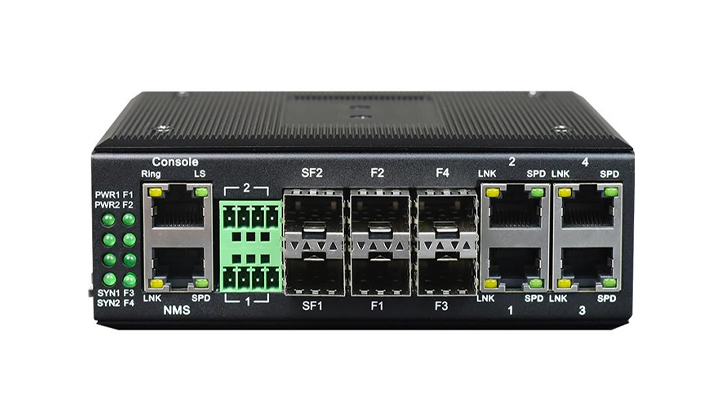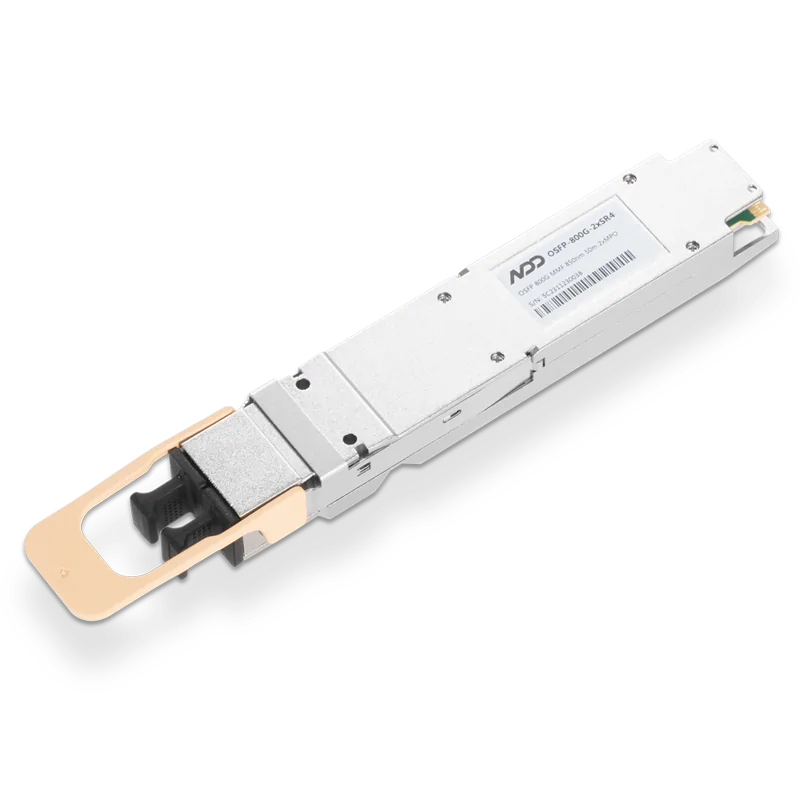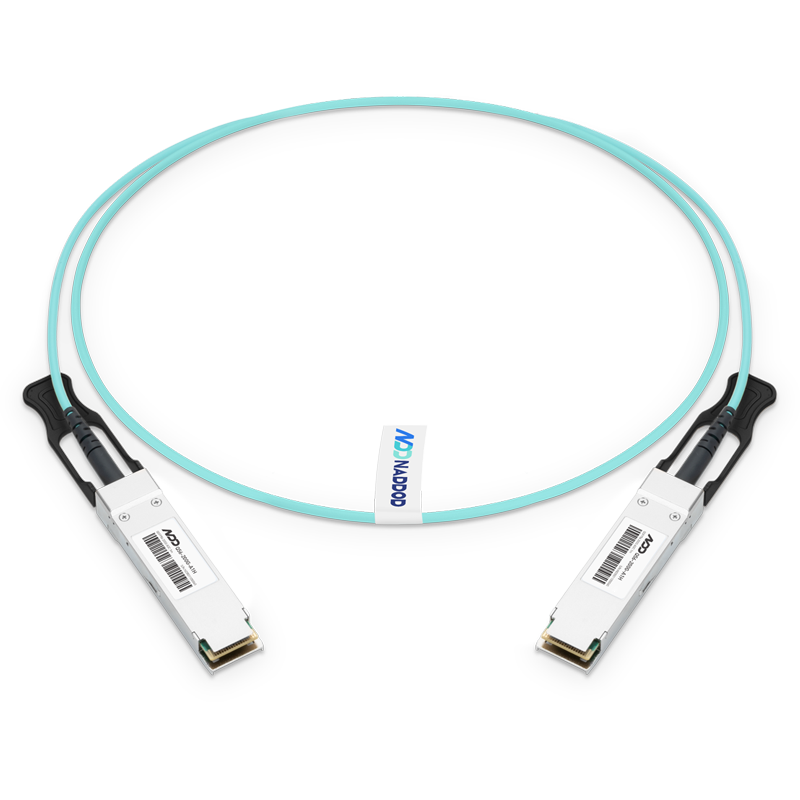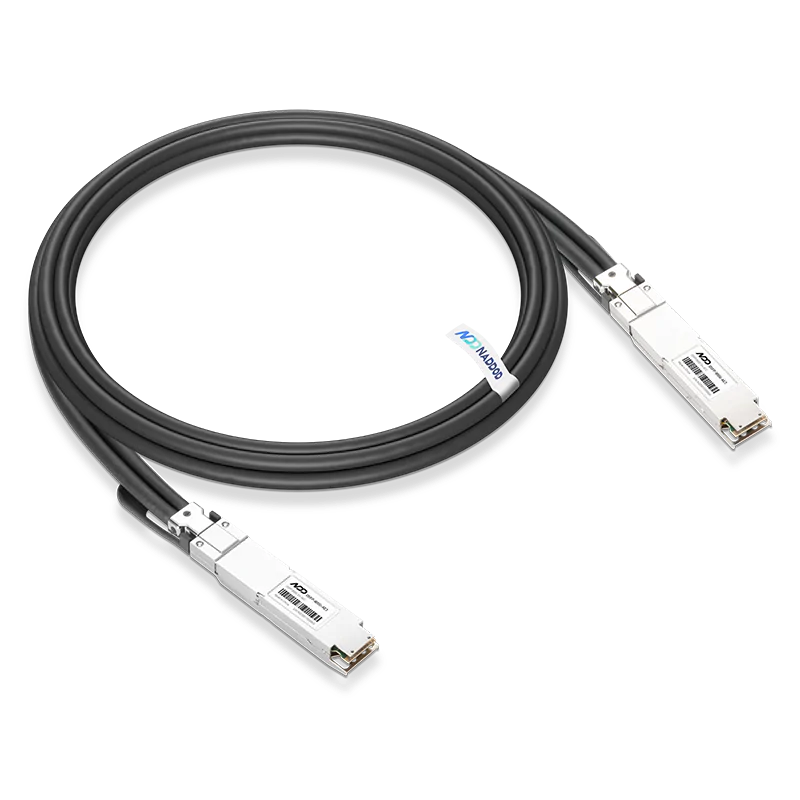At present, there are many foreign and domestic manufacturers producing optical transceivers in the market, and their product lines are extremely rich. The types of optical transceivers are also different, mainly divided into rack optical transceivers, desktop optical transceivers and card optical transceivers. In the actual purchase, an important factor for enterprises to consider is price. Of course, in addition to the price, we must also consider the compatibility of the product with the surrounding environment and the stability and reliability of the product itself, otherwise the price is low, it is useless to buy. So, what should we pay attention to when buying optical transceiver application matters? Next, we will follow the small edition of NADDOD science and technology to understand it in detail!
Optical transceiver is a kind of Ethernet transmission media conversion unit that swaps short-distance twisted pair electrical signal with long-distance optical signal. It is also called photoelectric converter in many places, which is widely used in optical communication equipment. Optical fiber transmission devices such as telephone optical terminals and optical fiber access devices can be transmitted between devices through optical transceivers. Generally, optical transceivers can be divided into single-mode and multi-mode, single-fiber and dual-fiber, and the interface type is SC by default. FC and LC can be configured as required by customers. The transmission distance of optical transceivers is 25 km, 40 km, 60 km, 80 km, 100 km, and 120 km.

Single-mode and Multimode Optical Transceivers
Single-mode means that the optical signal travels through a single path, while dual-mode or multimode is roughly the same, traveling through two or more paths. When the user chooses whether to transmit via single mode or multimode, the primary determining factor is the distance the user needs to transmit. Single-mode transmission attenuation is less, but the transmission speed is also slow, suitable for long-distance transmission, the general distance is greater than 5 miles, the best choice of single-mode fiber; Multi-mode transmission attenuation is large, but the transmission speed is fast, suitable for short distance transmission, the general distance is less than 5 miles, the best choice of multi-mode fiber.
Single-fiber and Dual-fiber Optical Transceivers
Single fiber refers to a single core of fiber, transmitted on a core; Double fiber refers to the two core of the fiber, transmitted over the two core, one end. Under normal circumstances, users use double fiber more, because in terms of price, double fiber has advantages. The general use of single fiber is in the case of cable tension. For example, a 12-core optical fiber with two cores can transmit only six networks; If all 12 cores are single fiber, 50% of the wiring can be eliminated.
FC, SC, LC Optical Transceivers
FC, SC, and LC are one of the pigtail interfaces. SC is a commonly used pigtail interface. When selecting an interface for an optical transceiver, check whether the interface matches the pigtail interface provided by you. Of course, there are many types of optical cable on the market, such as one end is FC and the other end is SC. The SFP optical module is used more frequently in LC.
The transmission distance of optical transceiver depends on the user’s choice in the actual application. The transmission distance between two devices depends on the corresponding optical transceiver.
Conclusion: When choosing an optical transceiver, pay special attention to the matching port. If you choose the wrong optical transceiver, the local or remote optical transceiver or other devices may not work properly or the pigtail port may not be connected. For details, consult the manufacturer to ensure that you buy the right optical transceiver.

 800GBASE-2xSR4 OSFP PAM4 850nm 50m MMF Module
800GBASE-2xSR4 OSFP PAM4 850nm 50m MMF Module- 1What's the Difference Between MLAG and vPC?
- 2What is an Optical to Electrical Transceiver and How Does It Work?
- 3Switch Stacking : Overview, Configuration & FAQ
- 4Vera Rubin Superchip - Transformative Force in Accelerated AI Compute
- 5NVIDIA GB300 Deep Dive: Performance Breakthroughs vs GB200, Liquid Cooling Innovations, and Copper Interconnect Advancements.































